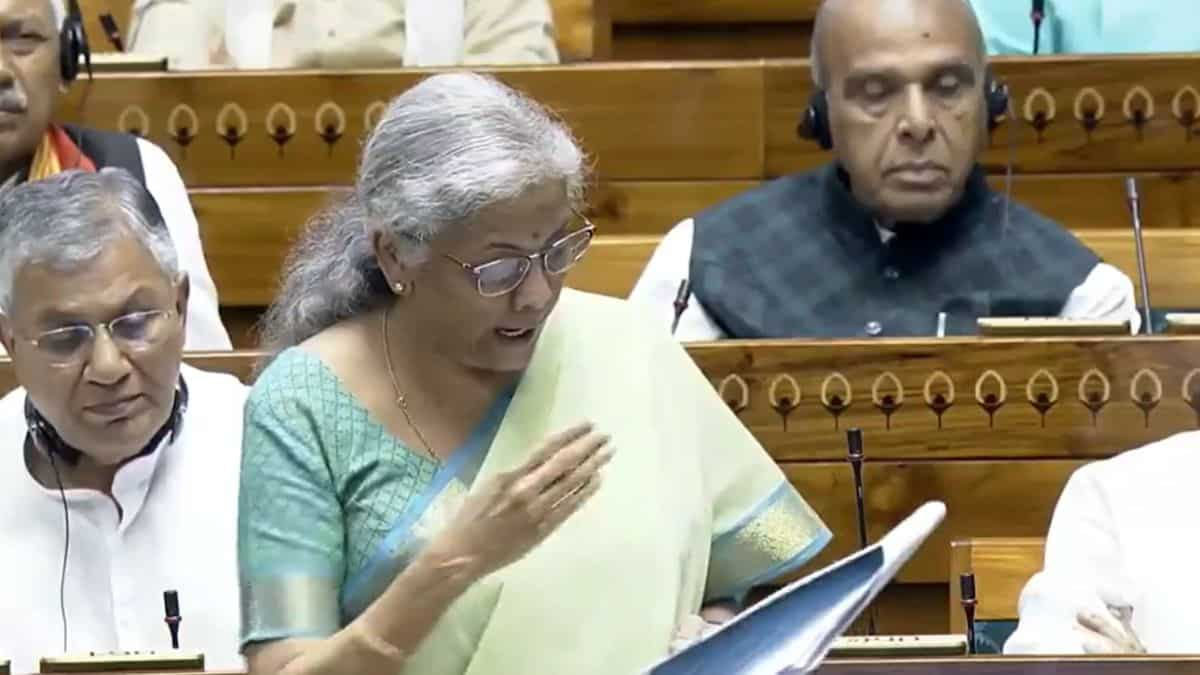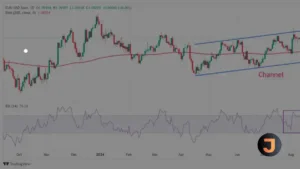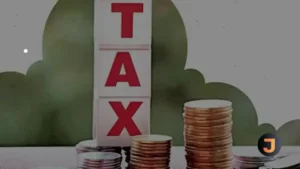Indian Finance Minister Nirmala Sitharaman on Wednesday (August 7) said “we heard the people” as she confirmed revised real estate indexation rules in the Parliament. With the relaxed rules, taxpayers will get more flexibility in calculating their long-term capital gains tax. “The amendment gives taxpayers a choice to calculate and see what works better for them. The current amendment ensures that there will be no additional tax burden on people,” Sitharaman said.
What Changes Did She Announce?
The changes introduced by Sitharaman provide property owners who sold assets before July 23, 2024, two options for calculating their long-term capital gains tax. Taxpayers can choose between the new and old tax regimes, thus selecting the one with the lower tax liability.
- 12.5% LTCG rate without indexation: Taxpayers can pay a lower rate of 12.5 per cent on capital gains from property sales without adjusting the purchase price for inflation.
- 20% LTCG rate with indexation: Taxpayers can opt for a 20 per cent tax rate while adjusting the property’s purchase price for inflation using the Cost Inflation Index (CII), potentially reducing their taxable gains.
Sitharaman emphasised the government’s commitment to a simplified tax structure while responding to criticisms that corporate taxes are lower than individual taxes and said that the tax burden on the middle class has been reduced. She noted that the effective tax on an annual income of Rs 15 lakh ($137,000) was lowered to 10 per cent in 2023 and further reduced this year.
“There is a narrative about us ‘not doing anything’ about the middle class & them being ‘angry’ with us. I want them to understand that this country had 98% taxation in one of the earlier regimes, which also never cared about the fundamental rights of the citizens,” she said.
“Corporate taxes are lower than the individual taxes claim is not well founded. It is not based on facts,” she said, refuting claims that the government favours big corporations over middle-class taxpayers. “One should note that the corporates are legal entities. The dividend income is also part of the profits. It was earlier taxed at a lower rate in the hands of the company. In 2020, we started taxing it at the hands of shareholders at the applicable rate. This effectively meant the richer shareholders would pay tax on dividends at 39 per cent rate. In contrast, small and medium-income taxpayers will pay tax on dividends at even less than 10 per cent, which is the effective tax rate. Therefore, the argument that you burden the middle-class taxpayers by supporting only big corporations is not true,” she said.
“Without drastically increasing taxes, we have brought in a simplified taxation regime and eased compliance,” she added.
More and More Prefer the New Tax Regime: Sitharaman
Sitharaman highlighted the growing preference for the New Tax Regime, with 72.8 per cent of taxpayers opting for it this year. Sitharaman also addressed concerns about savings and said: “Middle class losing out is not a correct argument. The new regime is promoting investment, which is happening with investment in mutual funds have increased tremendously.”
“The vision of PM Modi has been to establish a simple, efficient and fair technology-driven taxation regime in this country. So, simplification and ease of compliance for the taxpayer has been the primary objective with which in the last 10 years, and this year, in the third term of PM Modi, the approach to taxation has been to simplify it, reduce the burden on taxpayer and make sure it is transparent and equitable,” she concluded.






